5 Reasons Your Dogs Nose is Dry and What It Means for Their Health
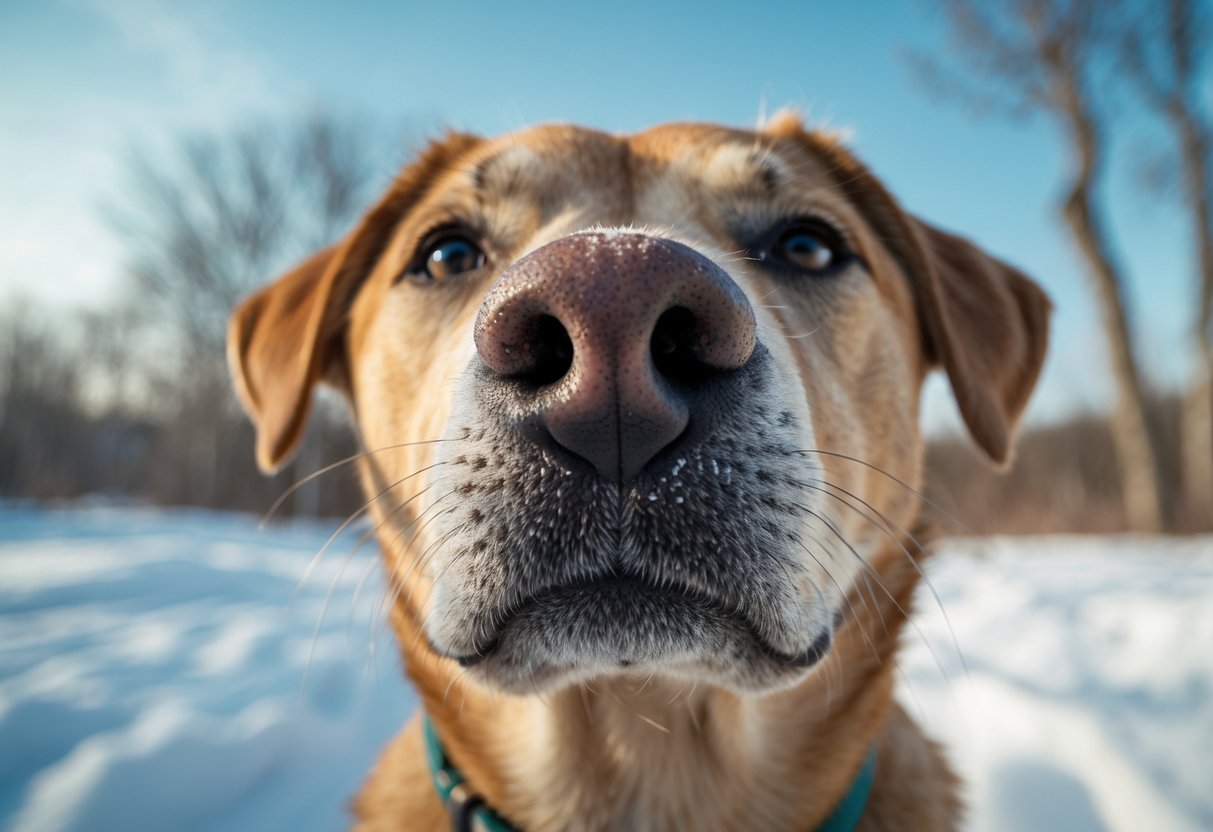
A dog’s nose is often seen as a key sign of its health. Many people expect a dog’s nose to be wet and cold, so when it becomes dry, it can cause concern. However, a dry nose does not always mean a dog is sick or in danger.
There are several common reasons a dog’s nose might be dry that do not require immediate worry. Understanding these factors can help pet owners know when to watch closely and when to simply monitor their dog’s condition.
Dehydration reducing moisture on the nose
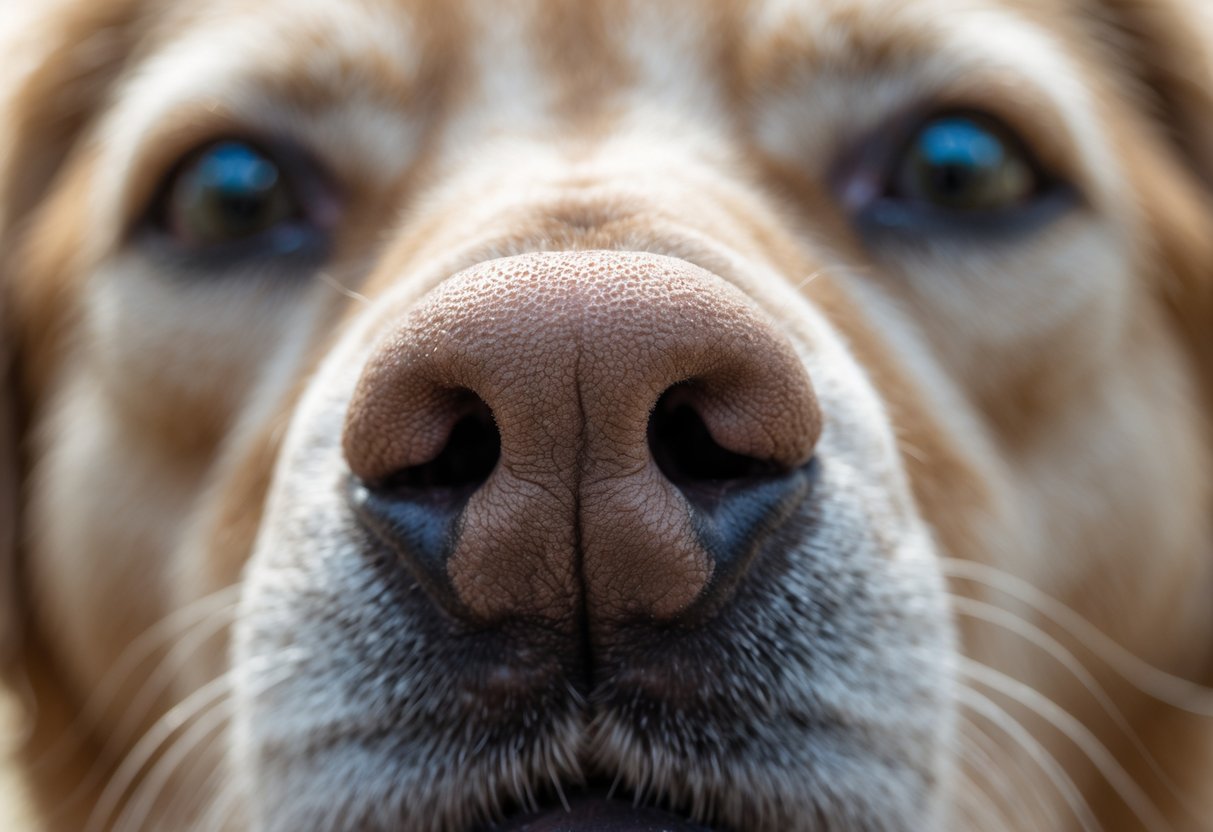
Dehydration is a common reason a dog’s nose may become dry. When a dog loses fluids due to vomiting, diarrhea, or not drinking enough water, the moisture on its nose can decrease. This dryness happens because the body prioritizes vital organs over keeping the nose moist.
Strenuous exercise or heat can also cause fluid loss, making the nose feel dry temporarily. In most cases, the nose will return to normal once the dog rehydrates by drinking water. If dehydration continues, it can lead to more serious health problems, so it’s important to watch for other signs like lethargy or sunken eyes.
A simple skin test by a vet can check for dehydration. If detected early, giving the dog water often helps restore moisture to the nose and the rest of the body.
Exposure to cold, dry weather conditions

Cold and dry weather can cause a dog’s nose to become dry and cracked. When temperatures drop, the air loses moisture, which can strip the natural oils from the nose. This often results in dryness and sometimes small crusts or flakes on the nose surface.
Windy conditions can make this worse by quickly drying out the skin. If a dog spends a long time outside without shelter, frostbite or skin irritation may also develop. Owners should watch for signs of discomfort or nose damage in cold weather.
Keeping a dog indoors during extreme cold and using a pet-safe nose balm can help protect the nose from drying out. Providing proper shelter and limiting exposure to harsh weather are important for nose health.
Normal aging causing rough, dry skin
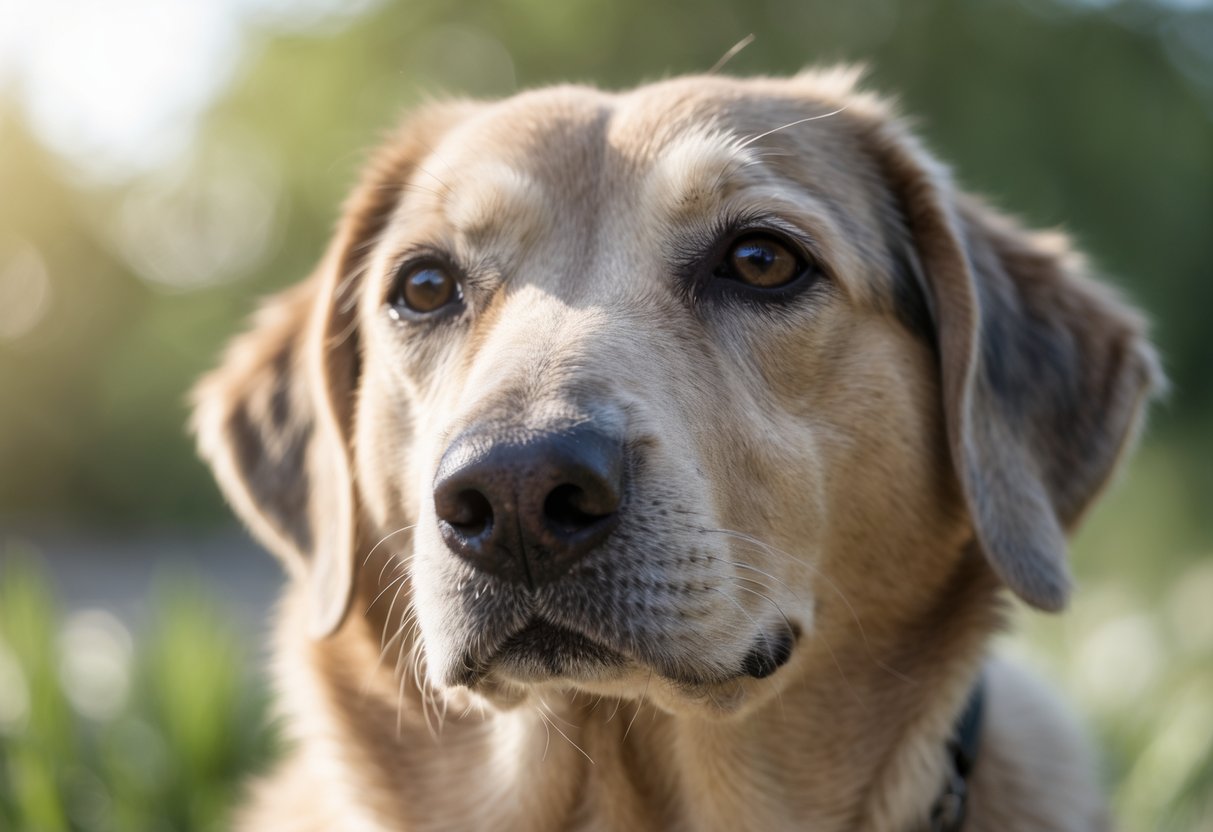
As dogs get older, their bodies go through natural changes. One common change is that their noses may become dry and rough. This happens because the skin cells grow thicker and lose some moisture over time.
Older dogs often develop a condition called nasal hyperkeratosis. This causes the skin on the nose to harden and crack. Usually, it is not painful but can sometimes cause discomfort if the skin becomes too dry or breaks.
This type of dryness is a normal part of aging and does not always mean there is a health problem. However, if the dryness worsens or the nose starts bleeding, a vet should be consulted.
Allergic reactions affecting skin moisture
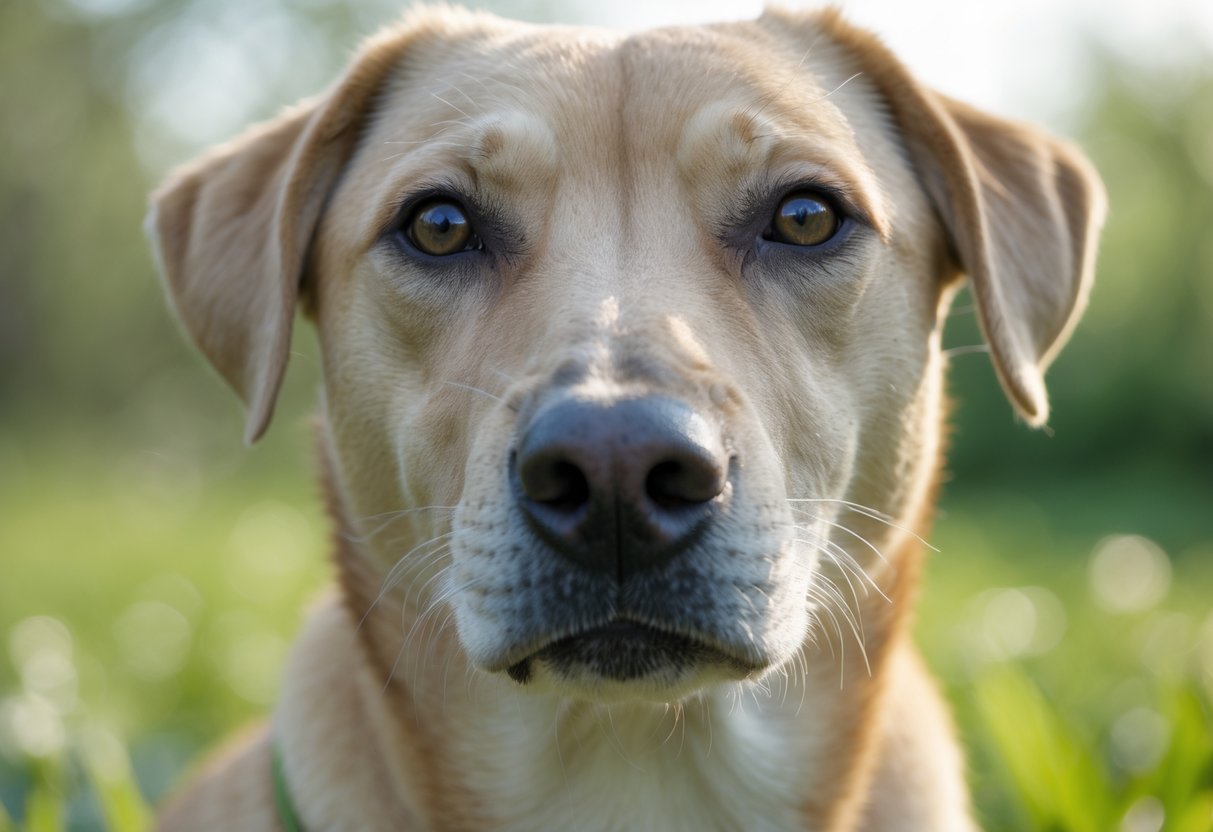
Allergic reactions can cause a dog’s nose to become dry. Substances like pollen, dust, or certain foods may trigger allergies. These allergens can reduce moisture in the skin and nose.
When a dog is allergic, its immune system reacts, which can lead to irritation and dryness. Sometimes, dogs with allergies also show other signs like itchy skin or hair loss.
Treating allergies often helps improve nose moisture. Veterinarians may suggest medications or diet changes. Managing the allergy reduces symptoms and supports healthy skin and nose hydration.
Mild illness or fever raising nose temperature
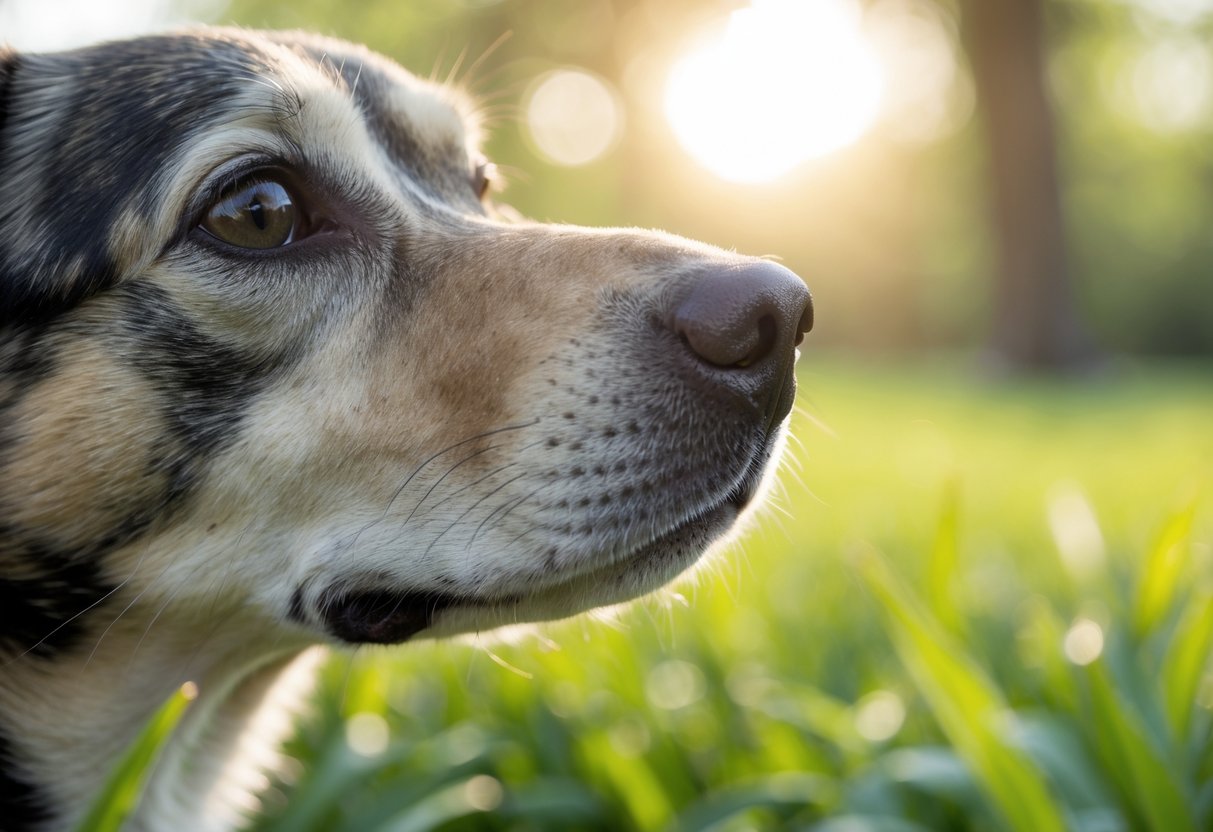
When a dog has a mild illness or fever, its body temperature rises. This change can make the dog’s nose feel dry and warm.
Fever is often caused by infections like viruses or bacteria. Along with a dry nose, dogs may show other signs such as lethargy, loss of appetite, or shivering.
A dry nose due to fever does not always mean the dog is seriously sick. However, if the nose stays dry and the dog shows other symptoms, a vet visit is recommended.
The rise in nose temperature happens because the body redirects blood flow to fight off illness. This can reduce moisture on the nose temporarily.
Understanding Normal Dog Nose Moisture
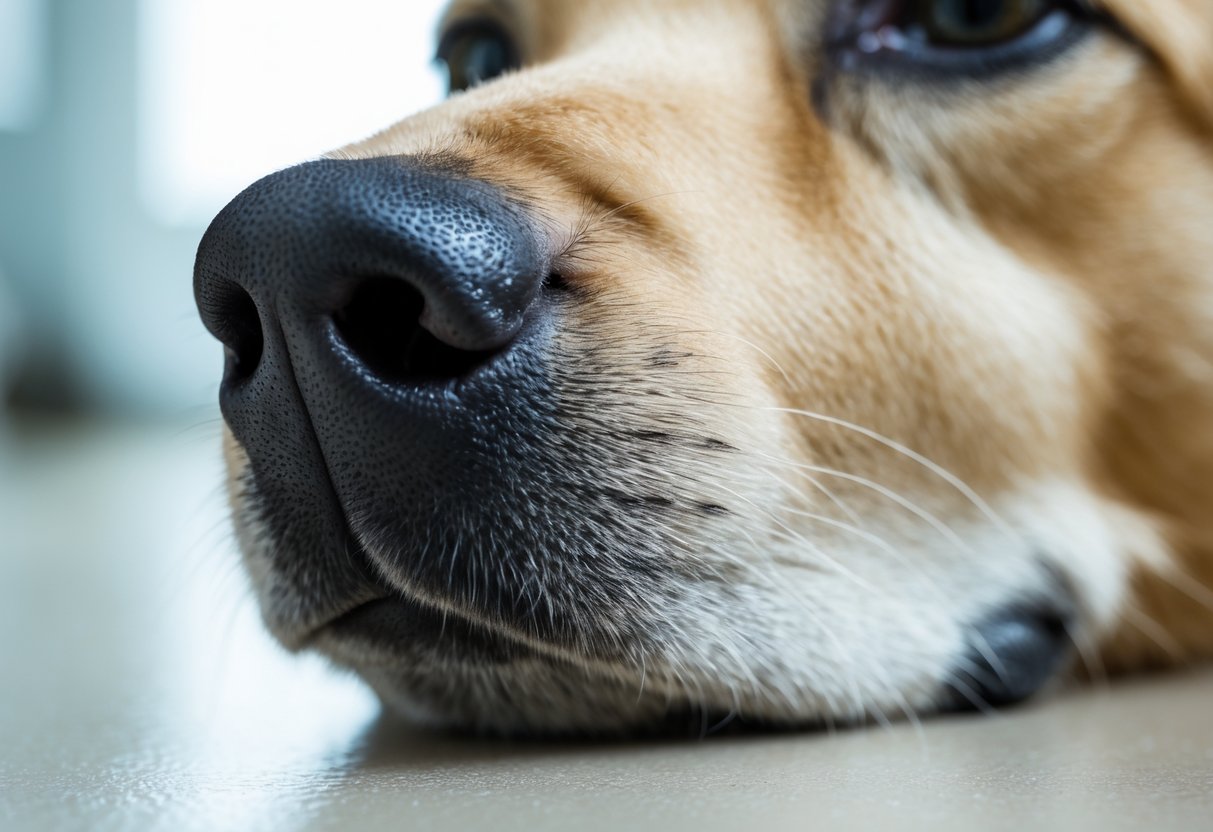
A dog’s nose moisture changes naturally throughout the day. These changes depend on factors like temperature, activity level, and the dog’s behavior. Recognizing what is normal helps tell when a dry nose might need attention.
How a Dog’s Nose Functions
A dog’s nose plays a key role in scent detection. It is covered with a thin layer of moisture that helps capture scent particles. This moisture comes from glands inside the nose and from the dog licking its nose.
The wet nose also helps regulate body temperature. Dogs do not sweat like humans. Instead, moisture on their noses and paws aids in cooling them down.
Dogs often lick their noses to keep them wet. This licking spreads mucus and saliva across the nose, maintaining its moist surface and enhancing scent ability.
Causes of Natural Variations
A dog’s nose can be dry for many normal reasons. Sleeping can dry the nose since the dog isn’t licking it while resting. Weather plays a role too—cold, dry, or windy conditions can reduce moisture.
Physical activity also matters. After running or playing, the nose may dry as the dog breathes harder or the body heats up. Age and breed can cause variations; some dogs naturally have drier noses than others.
These changes usually do not signal illness unless combined with other symptoms like cracking, bleeding, or changes in behavior.
When a Dry Nose May Need Veterinary Attention
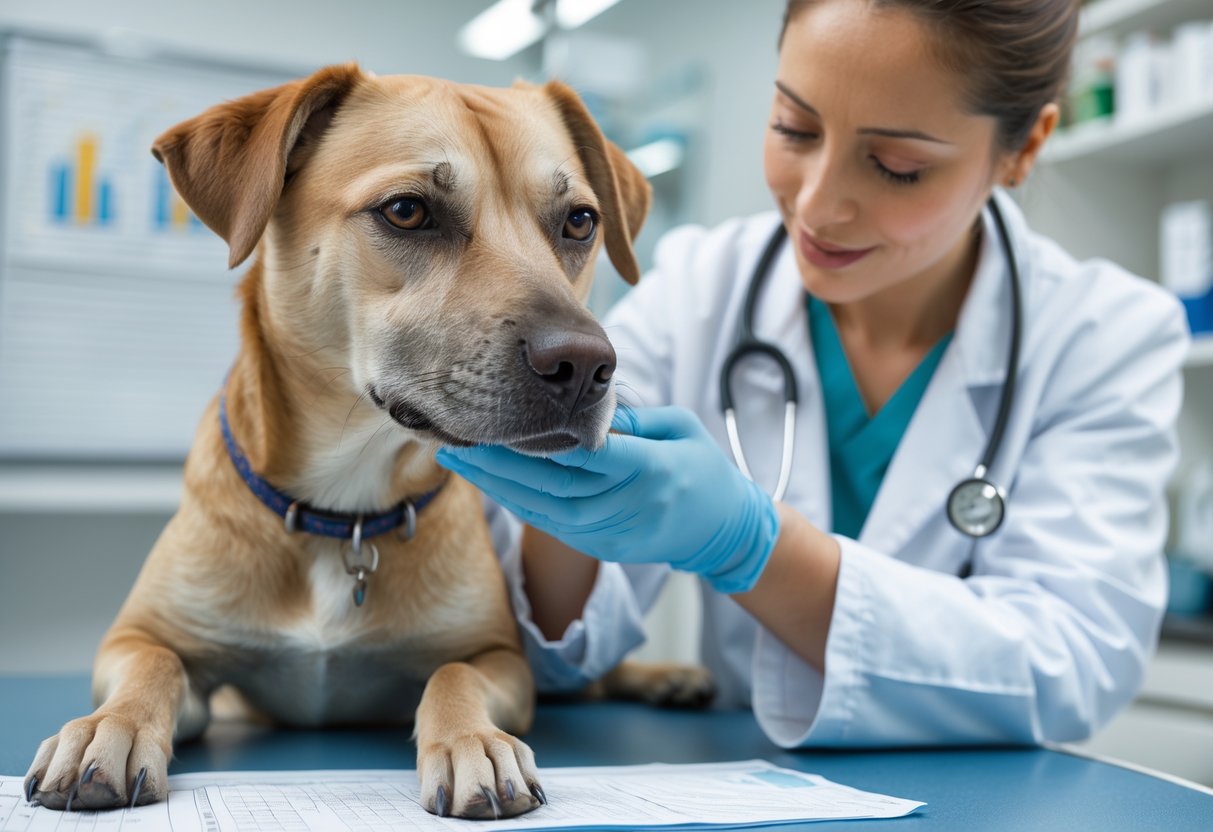
A dry nose can be normal or a sign of a health problem. It becomes important to watch for other signs or symptoms that might suggest your dog needs medical care. Recognizing these signs early and seeking timely help can prevent serious issues.
Recognizing Signs of Underlying Health Issues
A dry nose alone usually isn’t a cause for alarm. However, if the dryness is paired with other symptoms, it could indicate a health problem. Signs to watch for include:
- Lethargy or unusual tiredness
- Loss of appetite or refusal to eat
- Fever or unusual body temperature
- Nasal discharge, bleeding, or crustiness
- Coughing or difficulty breathing
These symptoms suggest that a dry nose might be part of a larger illness. It could be caused by infections, autoimmune diseases, allergies, or dehydration. If the nose is cracked or bleeding, this also calls for a vet’s evaluation. Paying attention to these warning signs helps identify when veterinary intervention is needed.
Importance of Timely Diagnosis
Getting a quick diagnosis can make a big difference in treatment success. Early veterinary care helps find the root cause of a dry nose and other symptoms. This allows the vet to start proper treatment before the condition worsens.
Delays in diagnosis might allow infections or chronic illnesses to progress. For conditions like autoimmune diseases or diabetes, early management improves the dog’s quality of life. Therapy might include medications, hydration support, or changes in diet.
Owners should not wait for the dry nose to improve on its own if other symptoms appear. Prompt veterinary advice reduces risks and may prevent serious complications. Keeping a close eye on changes in behavior or physical signs is key to safeguarding the dog’s health.
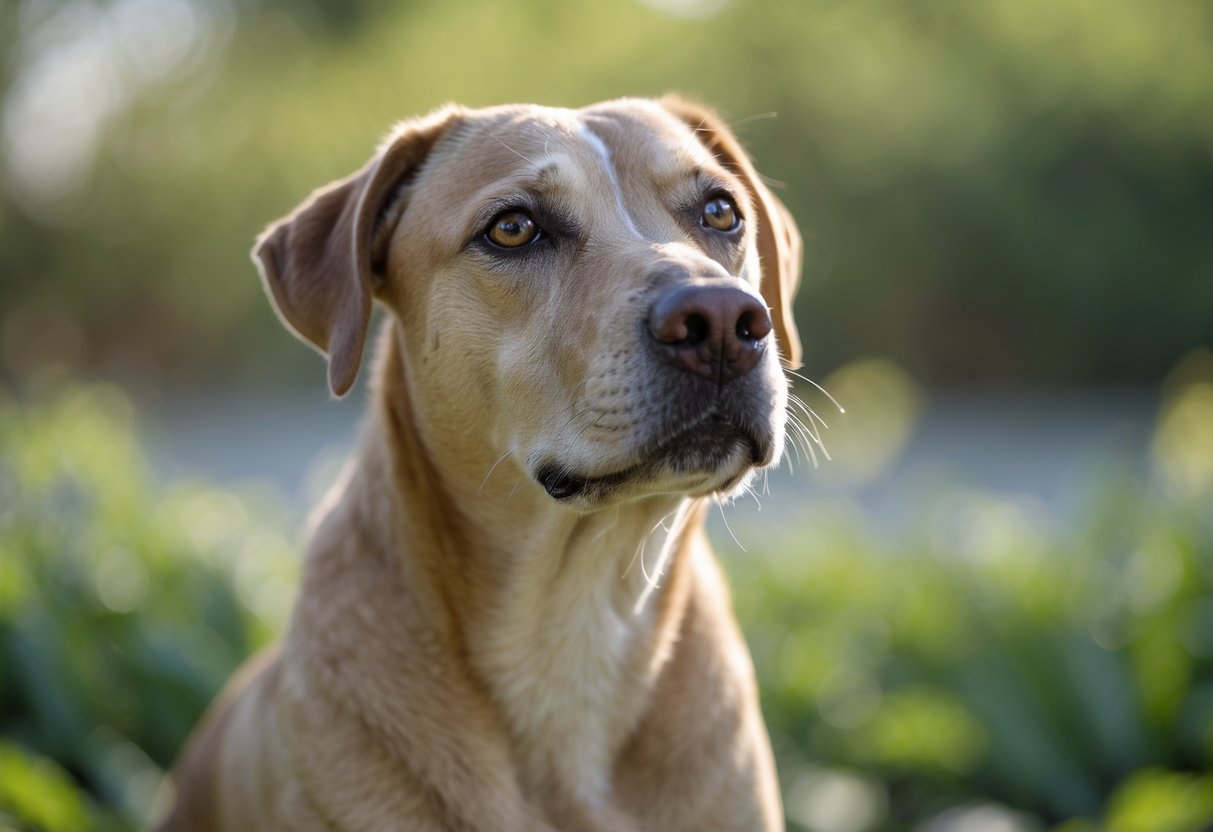
Frequently Asked Questions
A dry nose in dogs can result from many causes, including dehydration, weather exposure, allergies, or mild illness. Some signs show when the dryness is harmless, while others point to a need for veterinary care.
